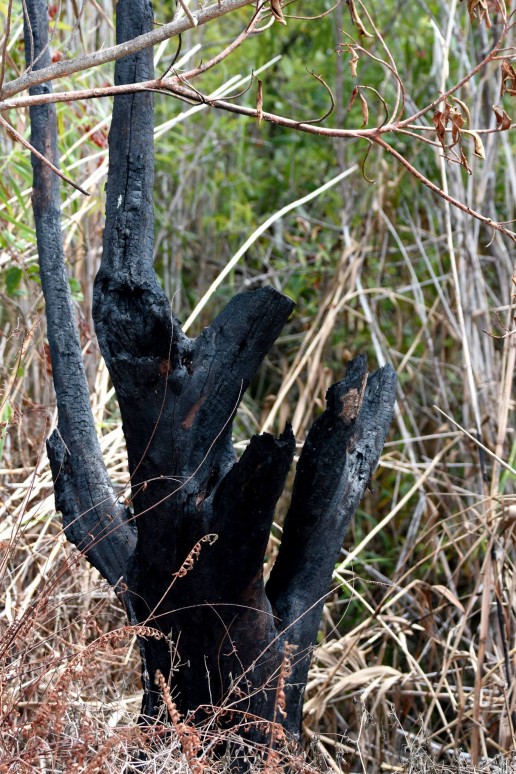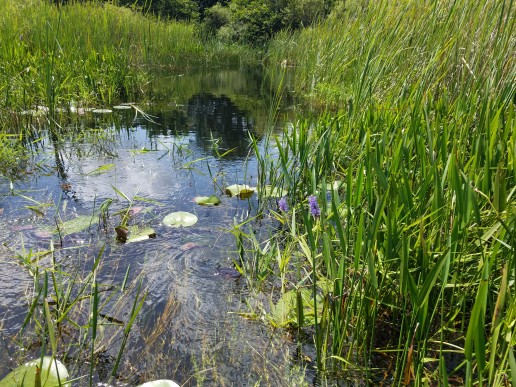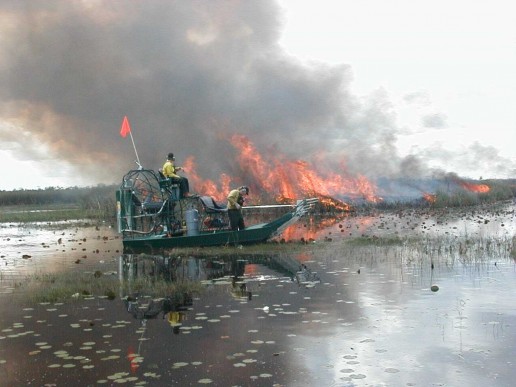The Benefits and Dangers of Fire in the Everglades
As we reach the end of the Everglades wet season, there’s much to look forward to. Cooler temperatures and decreased rainfall will drive out the mosquitoes and invite migratory and wading birds back to the marshes. But the return of the dry air also brings with it the increased potential of fire in the Everglades.
The 2017 dry season saw some of the most wildfires in years. The state of Florida has had over 2,000 fires so far this year, with 125 fires burning an estimated 31,000 acres through April. The fire in the Everglades was so bad in April that it came right to the doorstep of Mack’s Fish Camp! Thankfully, through the efforts of the Department of Forestry, our historic family home was spared from the encroaching blaze!
Everglades Fires: Friend or Foe?
Despite the hazards fires pose to animal and human Florida residents alike, they can also be beneficial to Everglades ecosystems. For many years, fire in the Everglades has come from lightning strikes and humans. The health of the different Everglades plant species in them relies on the extreme differences between the two seasons here. Just as the summer rains revive the Florida wetlands, fire in the Everglades helps plant life thrive.

How fire affects different Everglades habitats
The Pine Rocklands habitat has a need for fire that is two-fold. Hammock species of plants that grow there can block sunlight, which can harm smaller plants and even the taller pines. Fires can help clear overgrowth to let all plants thrive, and the extreme heat helps pines seed the ground.
The trees of the Pinelands are very fire-resistant because of their thick bark. The hardwood hammock can withstand fire somewhat, because they sit on wet soil and are very humid. Fires that occur in the coastal prairies are usually started by lightning , and prevent exotic plant encroachment toward freshwater marshes.
The Wet Prairie and Sawgrass Marsh
The habitats where fire is the most vital are the wet prairie and sawgrass marsh. The Everglades is a river, and the main sheet flow moves through these habitats, and is improved by the reduction of sawgrass. Sawgrass fires also burn off flammable plants near tree islands and hardwood hammocks, which are more vulnerable to fire.

Because of its destructive potential to people and the environment, fire in the Everglades can be quickly written off as a monster. State officials and fire departments keep watch over and fight fires across the state, protecting buildings and the environment alike from them. But fire can also be beneficial to this ecosystem, especially when used in prescribed burns by these officials.
The complexity of the Florida Everglades ecology is a lot to explain, but beautiful to see firsthand on airboat ride. At Mack’s Fish Camp, you can learn about these diverse environments while seeing them up close.

